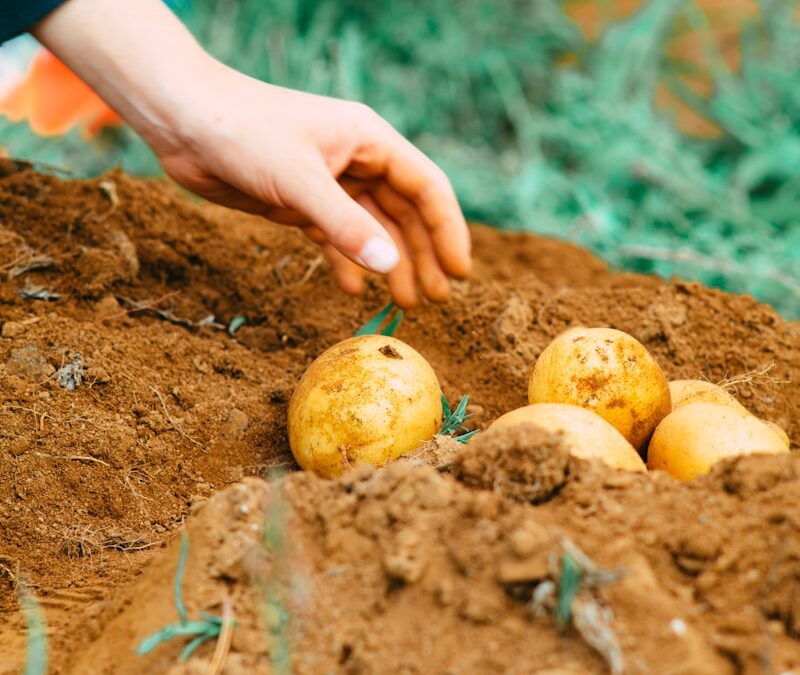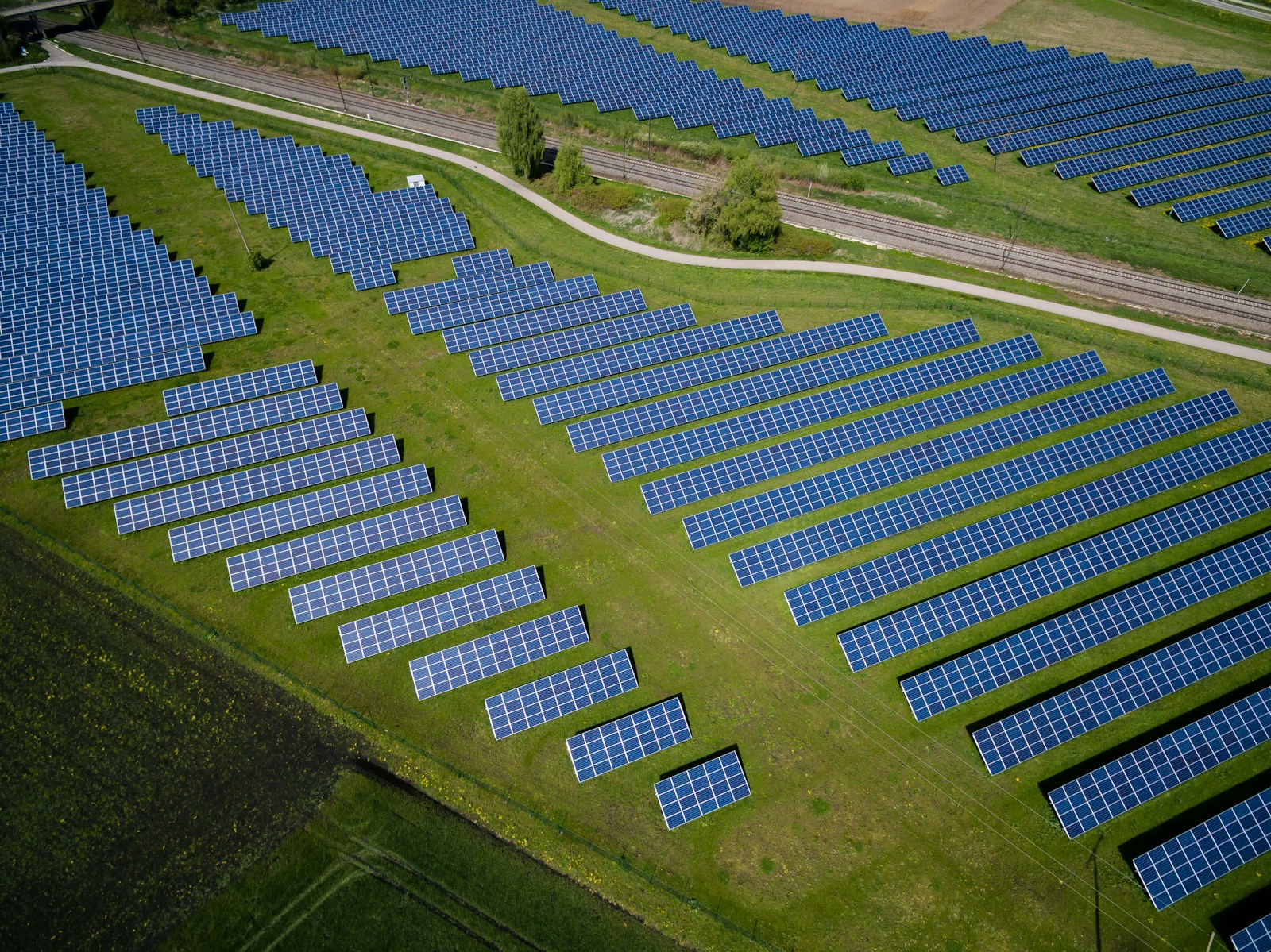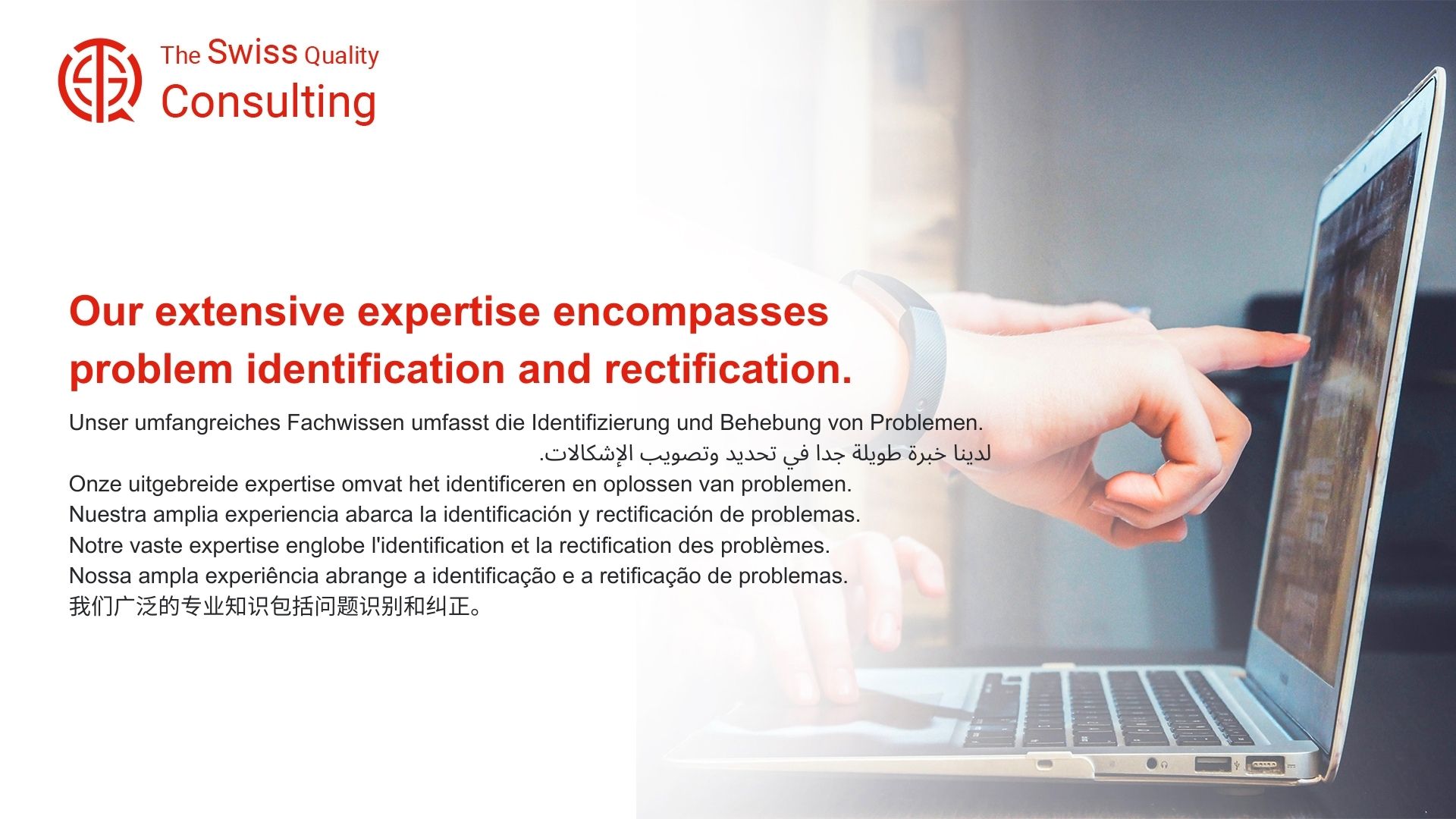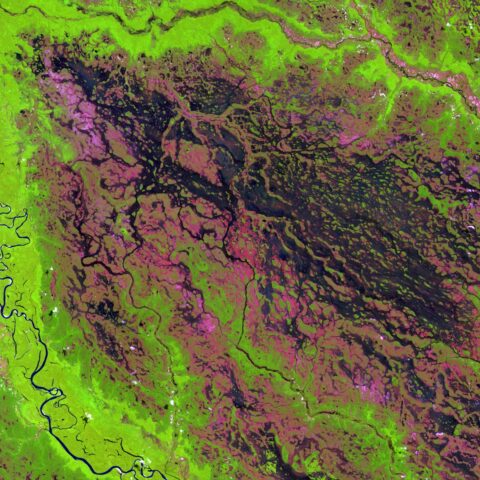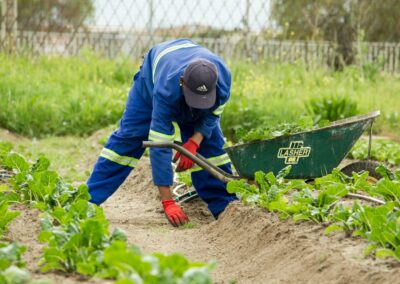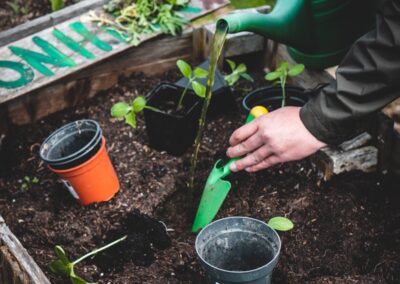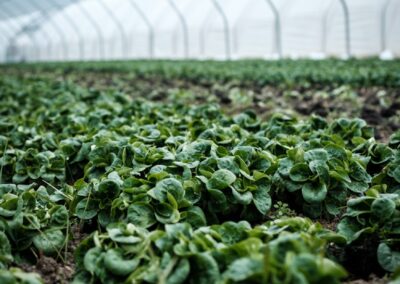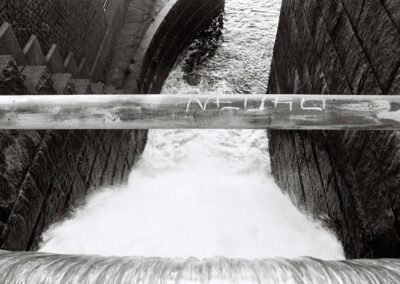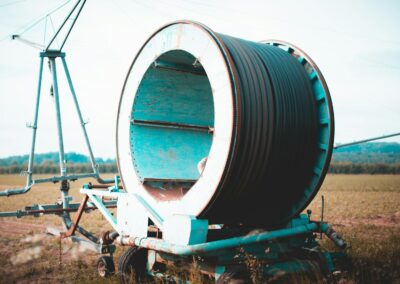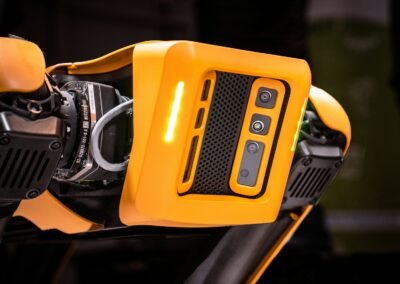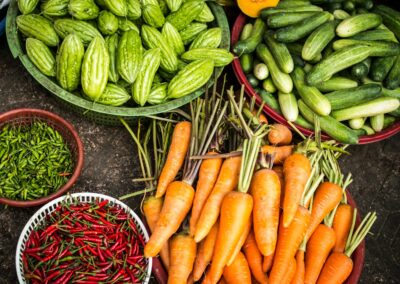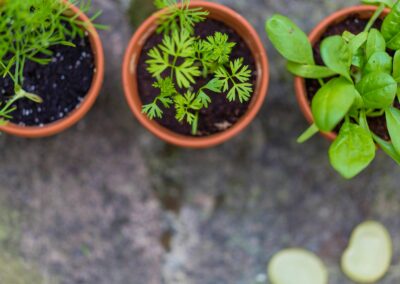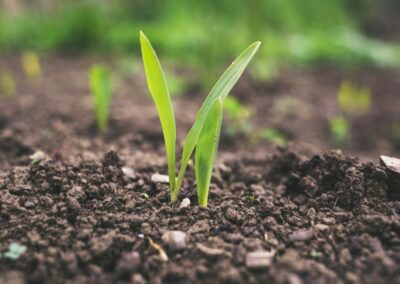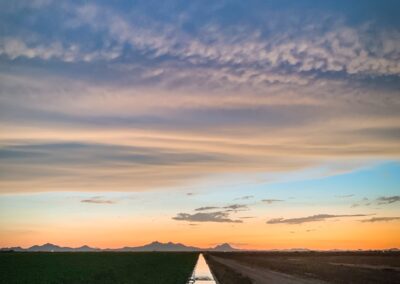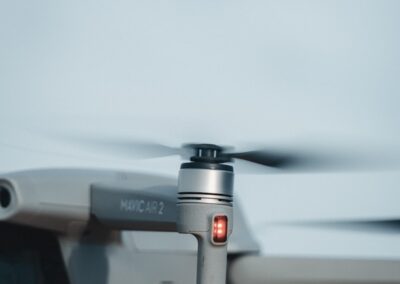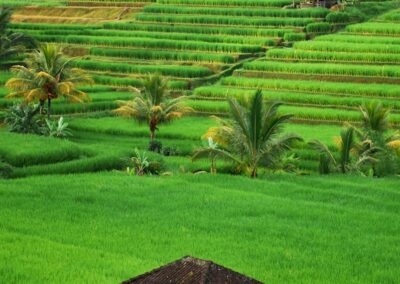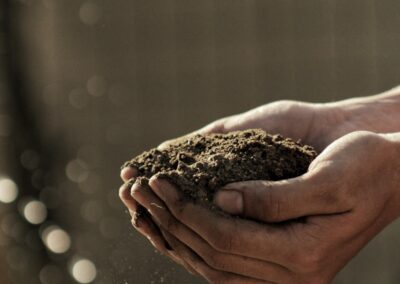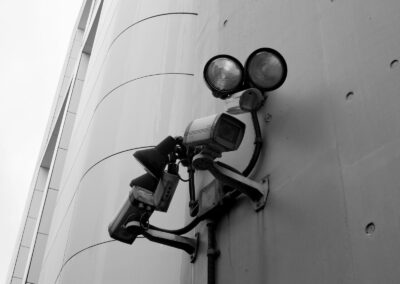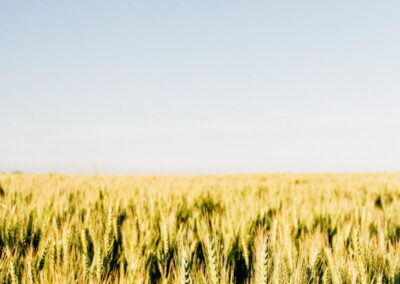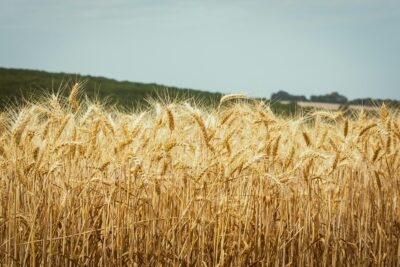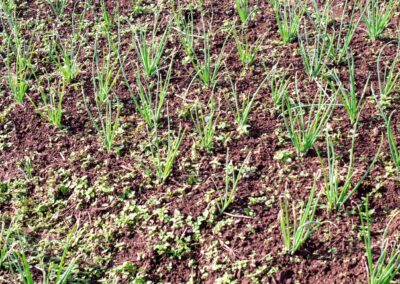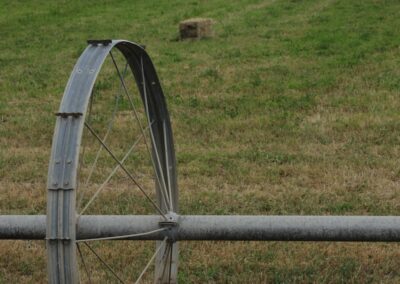Revolutionizing Irrigation with IoT-Enabled Soil Moisture Monitoring
Understanding the Impact of IoT-Enabled Sensors on Soil Moisture Management
IoT-enabled sensors for soil moisture monitoring are becoming a game-changer in modern agriculture, offering farmers a powerful tool to optimize water usage and enhance crop yield. In regions such as Saudi Arabia and the UAE, where water resources are scarce, efficient water management is crucial for sustaining agricultural productivity. IoT technology, through its ability to provide real-time data, allows farmers to monitor soil moisture levels with unprecedented accuracy. By integrating these sensors into irrigation systems, farmers can make data-driven decisions that ensure crops receive the right amount of water at the right time, reducing both water waste and the risk of over-irrigation, which can lead to soil degradation and reduced crop quality.
The adoption of IoT-enabled sensors for soil moisture monitoring represents a significant shift from traditional irrigation practices. In the past, irrigation was often based on predetermined schedules or visual assessments, both of which could lead to inefficiencies and suboptimal water use. However, with the advent of IoT technology, farmers can now receive continuous, real-time updates on the moisture content of their soil, enabling them to adjust their irrigation strategies dynamically. This capability is particularly valuable in arid climates, where precise water management is essential for maintaining soil health and maximizing crop production. By ensuring that water is applied only when and where it is needed, IoT sensors help conserve this precious resource while improving the overall sustainability of farming operations.
Moreover, the data generated by IoT-enabled sensors can be used to analyze long-term soil moisture trends, providing insights that can inform future irrigation strategies. For instance, by identifying patterns in soil moisture levels across different seasons or weather conditions, farmers can optimize their water use efficiency and plan for periods of drought or excessive rainfall. This proactive approach to irrigation not only helps to stabilize crop yields but also supports the broader goals of sustainable agriculture, which are increasingly important in regions like the Middle East, where water scarcity is a growing concern. As IoT technology continues to evolve, its role in transforming irrigation practices and promoting sustainable farming will only become more critical.
The Role of IoT-Enabled Sensors in Enhancing Precision Farming
In the era of precision farming, IoT-enabled sensors for soil moisture monitoring are at the forefront of technological innovation, enabling farmers to fine-tune their agricultural practices with unprecedented precision. Precision farming involves the use of advanced technologies to optimize field-level management regarding crop farming. IoT sensors play a vital role in this by providing detailed information about soil moisture content, which is a key factor in determining the irrigation needs of crops. By continuously monitoring soil moisture levels, these sensors allow farmers to apply water more efficiently, ensuring that each plant receives the optimal amount of water necessary for growth.
One of the primary benefits of using IoT-enabled sensors in precision farming is the ability to implement site-specific irrigation strategies. Instead of applying a uniform amount of water across an entire field, farmers can use sensor data to identify areas where the soil is drier and requires more water, as well as areas that are sufficiently moist and do not need additional irrigation. This targeted approach not only conserves water but also enhances crop uniformity, leading to better yields and higher-quality produce. In regions like Riyadh and Dubai, where agriculture must contend with harsh climatic conditions, precision farming supported by IoT technology is becoming increasingly essential for ensuring food security and economic stability.
Additionally, IoT-enabled sensors can be integrated with other technologies, such as weather forecasting systems and automated irrigation controllers, to further enhance the efficiency of precision farming. For example, by combining real-time soil moisture data with weather forecasts, farmers can anticipate changes in soil conditions and adjust their irrigation schedules accordingly. This level of integration allows for a more responsive and adaptive approach to farming, where decisions are based on accurate, up-to-date information rather than guesswork. As a result, farmers can reduce their dependency on natural rainfall, better manage their water resources, and increase their resilience to the impacts of climate change. In the context of global efforts to promote sustainable agriculture, the role of IoT-enabled sensors in precision farming cannot be overstated.
Advancing Sustainable Agriculture through Smart Irrigation Systems
Leveraging IoT Technology for Water Conservation in Agriculture
Water conservation is a critical issue in agriculture, particularly in regions with limited water resources. IoT-enabled sensors for soil moisture monitoring offer a viable solution for addressing this challenge by enabling more efficient use of water in irrigation. By providing real-time data on soil moisture levels, these sensors allow farmers to avoid over-irrigation and reduce water waste, which is essential for maintaining the long-term sustainability of agricultural practices. In the UAE and Saudi Arabia, where water conservation is a top priority, the implementation of IoT-based irrigation systems is becoming increasingly common as part of broader efforts to promote sustainable agriculture.
The ability of IoT sensors to monitor soil moisture at various depths also provides valuable insights into the effectiveness of different irrigation methods. For instance, by comparing moisture levels at different soil layers, farmers can determine whether their irrigation practices are delivering water to the root zone where it is most needed, or if adjustments are required to improve water penetration and distribution. This level of precision helps to ensure that water is used as efficiently as possible, minimizing losses due to evaporation or runoff. Furthermore, the data collected by IoT sensors can be used to develop more advanced irrigation models that take into account factors such as soil type, crop type, and weather conditions, leading to even greater water savings.
In addition to supporting water conservation, IoT-enabled sensors can also contribute to reducing the environmental impact of agriculture. By optimizing irrigation practices, farmers can decrease their reliance on chemical inputs such as fertilizers and pesticides, which are often carried into water bodies through runoff. This not only helps to protect local ecosystems but also reduces the carbon footprint of farming operations, contributing to global efforts to combat climate change. As the world moves towards more sustainable agricultural practices, the adoption of IoT-based solutions for soil moisture monitoring and smart irrigation will play a crucial role in achieving these goals.
Challenges and Future Directions in IoT-Enabled Soil Moisture Monitoring
While the benefits of IoT-enabled sensors for soil moisture monitoring are clear, there are also challenges that need to be addressed to fully realize their potential. One of the primary challenges is the initial cost of implementing IoT-based systems, which can be a barrier for small-scale farmers. However, as the technology becomes more widespread and the cost of sensors and connectivity continues to decrease, it is expected that more farmers will adopt these systems, leading to greater water efficiency and productivity across the agricultural sector.
Another challenge is the need for reliable data connectivity, especially in remote or rural areas where internet access may be limited. Without a stable connection, the real-time data transmission that is essential for IoT-enabled soil moisture monitoring can be disrupted, reducing the effectiveness of the system. To overcome this, advancements in low-power wide-area networks (LPWAN) and satellite communication technologies are being explored to provide reliable connectivity in even the most challenging environments. As these technologies continue to develop, they will enable more widespread adoption of IoT solutions in agriculture, including in regions where traditional connectivity options are not available.
Looking to the future, the integration of artificial intelligence (AI) and machine learning with IoT-enabled sensors for soil moisture monitoring presents exciting possibilities for further enhancing the efficiency and effectiveness of irrigation practices. By analyzing large datasets collected from IoT sensors, AI algorithms can identify patterns and trends that may not be immediately apparent, allowing for more sophisticated and predictive irrigation strategies. This combination of IoT and AI has the potential to revolutionize agriculture, enabling farmers to make smarter decisions that optimize water use, improve crop yields, and contribute to the sustainability of the sector. As Saudi Arabia, the UAE, and other regions continue to invest in agricultural innovation, IoT-enabled soil moisture monitoring will undoubtedly play a key role in shaping the future of farming.
#IoT #SmartAgriculture #SoilMoistureMonitoring #PrecisionFarming #WaterConservation #SustainableFarming #AgriculturalTechnology

